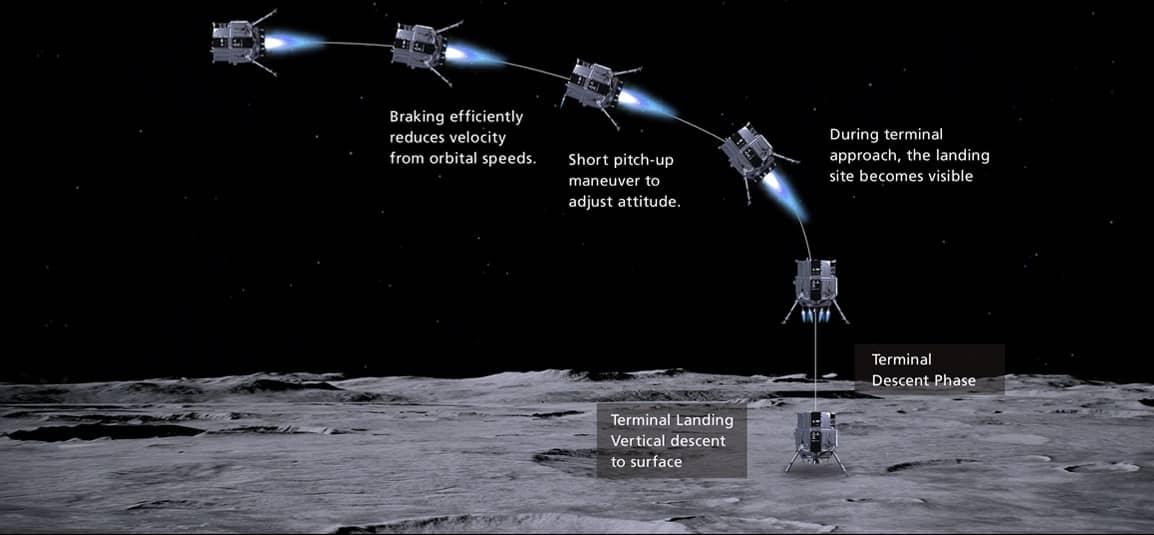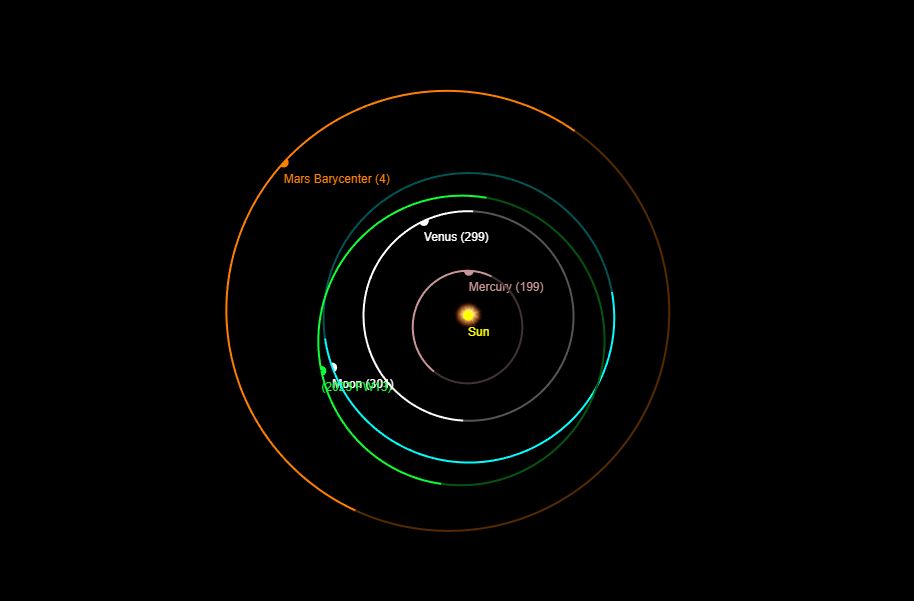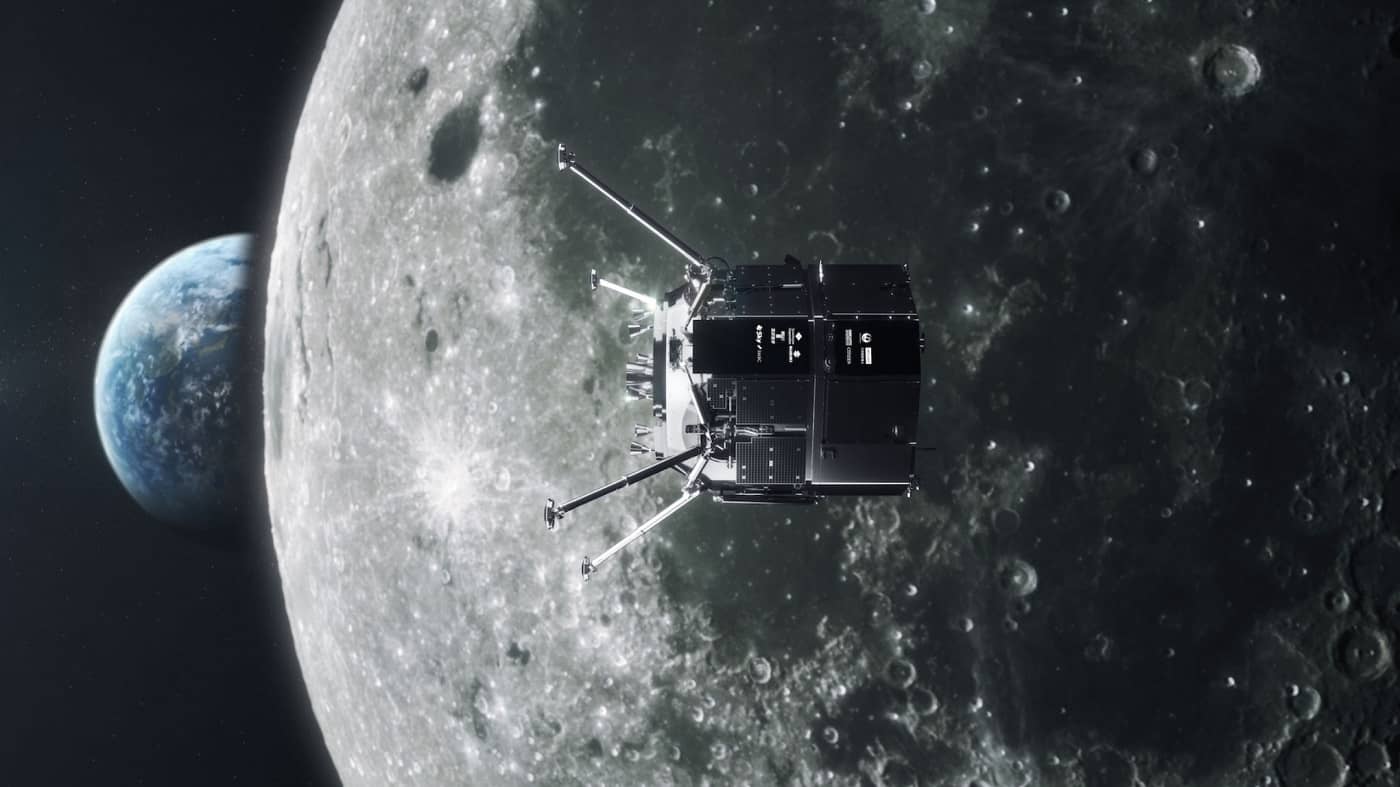Japanese startup ispace failed to complete the first private landing on the Moon in human’s history. Engineers discovered that they could no longer connect with the Hakuto-R Mission 1 lander as it drew nearer to the Moon’s surface. Shortly after the expected landing, the CEO of the company Takeshi Hakamada said that “we have to assume that we could not complete the landing”, during a livestream of the mission.

After gathering the initial data, the HAKUTO-R Mission Control Center in Tokyo, confirmed that the lander was in a vertical position as it made its final approach to the lunar surface. A little while after the anticipated landing time, no data indicating a touchdown was received. ispace engineers kept an eye on how much propellant was left after reaching the lower barrier, but shortly after that, the descent speed accelerated quickly. The breakdown in communication then occurred. This has led to the conclusion that there is a strong likelihood that the lander made a hard landing on the Moon’s surface.
Lessons learned for the future
Despite this, the company stated that at least it achieved success in 8 of the planned 10 stages of the mission. In addition, they said that the control center was able to acquire valuable data and know-how from the beginning to nearly the end of the landing sequence, which could help them improve the technological maturity of Mission 2 in 2024 and Mission 3 in 2025.

“Today, ispace’s HAKUTO-R” Mission 1 became the first private company to attempt to land on the Moon, but unfortunately, the landing could not be realized, said Hiroshi Yamakawa, President of the Japan Aerospace Exploration Agency (JAXA). “As a fellow Japanese space enthusiast, I am proud of ispace’s challenge and respect the efforts of everyone involved. ispace will analyze the data obtained from this mission and use it as a foundation for the next mission. JAXA will continue to make steady progress together with ispace, the industry and organizations challenging space, and our international partners, and will contribute not only to space exploration activities but also to the sustainable development of human society.”
A four-wheeled moon rover from the United Arab Emirates and a miniature Star Wars-style rover created by Sony and the Japanese toymaker Tomy were both aboard the Hakuto-R. Japan’s national space agencies have not yet attempted a Moon landing, but the Hiten spacecraft made its maiden lunar orbit in 1990 while gathering data on cosmic dust. With the launch of the significantly delayed Smart Lander for Investigating Moon later this year, the nation will seek to land an undamaged spacecraft on the Moon once more.





